Georgia’s mountain villages exist in a world that feels completely untouched by modern chaos. Nestled high in the Caucasus range, these communities have been watching glaciers creep down mountainsides for centuries, adapting to brutal winters and short growing seasons with remarkable resilience. The people here live differently—slower, more connected to the rhythms of the seasons and the moods of the mountains.
Most travelers hit Tbilisi and maybe venture to Batumi, missing out on these incredible high-altitude settlements entirely. That’s honestly their loss. These villages offer something you can’t find anywhere else: authentic mountain culture paired with some of the most dramatic glacier views on the planet.
Here are 18 Georgian mountain villages where glaciers dominate the horizon and life moves at nature’s pace.
Ushguli
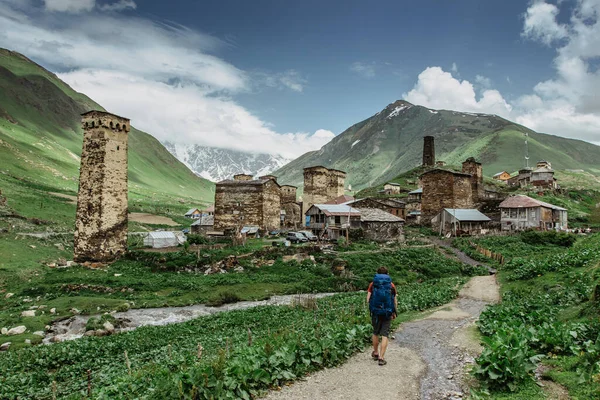
Perched at 7,200 feet in Svaneti, Ushguli claims the title of Europe’s highest permanently inhabited settlement—and it definitely feels like it. The village sits so close to glaciers that you can practically hear them creaking and shifting on quiet nights.
Ancient stone towers dot the landscape like medieval skyscrapers, while the Shkhara glacier looms overhead with this presence that’s both beautiful and slightly intimidating.
Mestia
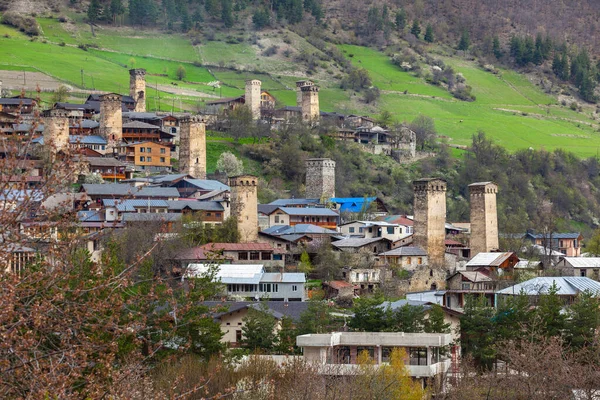
The unofficial capital of Svaneti region, Mestia sprawls across a high plateau surrounded by glacier-capped peaks that’ll make your jaw drop. The town managed to modernize somewhat without losing its soul, though those iconic Svan towers still dominate the skyline.
Tetnuldi glacier sits just a few miles away—close enough that locals use its meltwater for everything from irrigation to their morning coffee.
Like Travel Pug’s content? Follow us on MSN.
Kazbegi
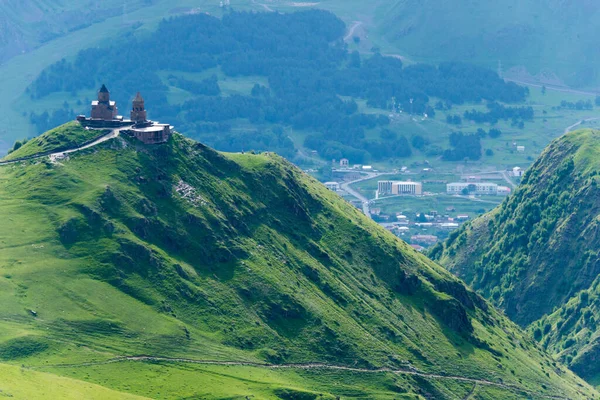
Officially called Stepantsminda now, though most folks still use the old name, Kazbegi sits beneath Mount Kazbek like it’s paying homage to the mountain. The village has become somewhat touristy lately, but step outside the main area and you’ll find families still living much like their ancestors did.
Gergeti glacier hangs on Kazbek’s slopes, visible from pretty much anywhere in town on clear days.
Adishi

This tiny Svan village of maybe 30 households exists in splendid isolation, accessible only by a rough mountain track that tests both vehicles and nerves. Adishi feels frozen in time—not just because of the glaciers surrounding it, but because change arrives here slowly, if at all.
The Adishi glacier practically spills into the village’s backyard, creating this surreal landscape where ancient towers stand against walls of ice.
Iprali
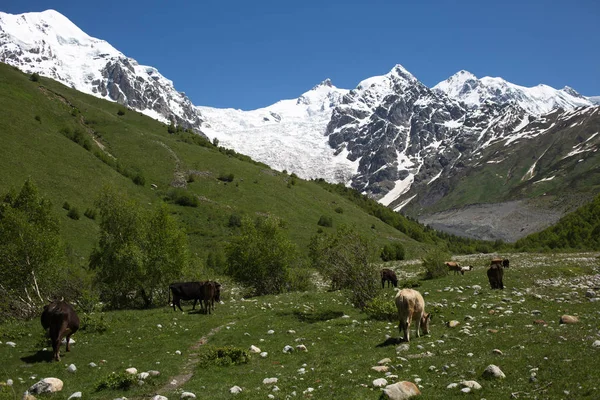
Tucked away in a side valley of Svaneti, Iprali barely registers on most maps, which is exactly how the locals seem to prefer it. The village sits close enough to several unnamed glaciers that residents can walk to the ice in under an hour.
Stone houses huddle together against the mountain winds while prayer flags flutter from rooftops—a reminder that survival here requires both practical skills and spiritual fortitude.
Like Travel Pug’s content? Follow us on MSN.
Becho
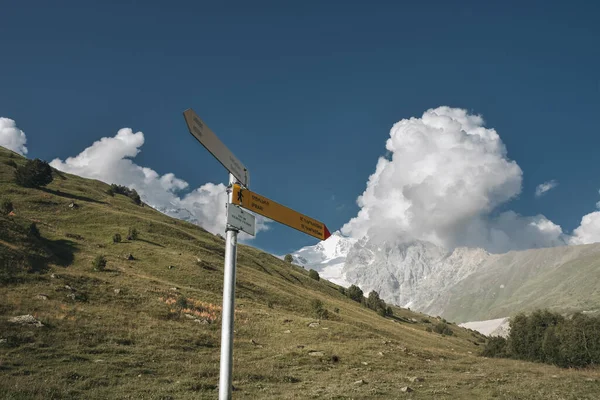
Becho serves as the jumping-off point for treks to Dolra glacier, though the village itself deserves more than just passing-through status. Local families have been guiding visitors to the glacier for generations, sharing stories about how the ice has retreated over the decades.
The village maintains this quiet dignity despite increased tourism, with traditional Svan architecture still defining the landscape.
Latali
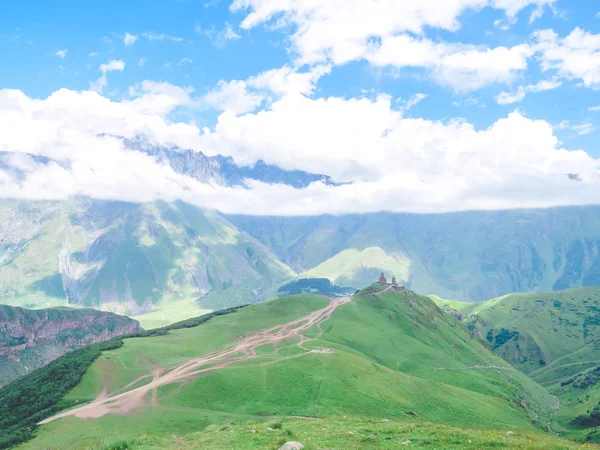
Perhaps the most isolated settlement in all of Svaneti, Latali clings to a mountainside with views of multiple glaciers spread across the horizon like frozen waterfalls. Getting here requires serious commitment—the road is more suggestion than reality.
But families continue living here year-round, tending livestock and growing hardy crops in soil enriched by glacial runoff.
Tsvirmi
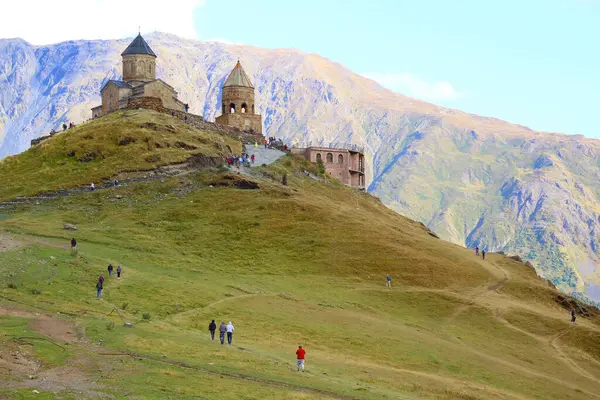
This small village in the Samtskhe region sits in the shadow of several lesser-known glaciers that locals simply call ‘the ice fields.’ Tsvirmi has managed to stay completely off the tourist radar, which means visiting feels like stepping into a National Geographic documentary.
Families here still practice traditional crafts and maintain oral histories that stretch back centuries.
Like Travel Pug’s content? Follow us on MSN.
Juta

Located near Kazbegi, Juta serves as a base camp for hikers heading to Chaukhi glacier, though the village itself captivates visitors with its raw mountain beauty. The settlement consists of scattered farmhouses and a few guesthouses where visitors can experience authentic mountain hospitality.
Chaukhi’s serrated peaks and hanging glaciers create a backdrop that changes dramatically with the light throughout the day.
Roshka
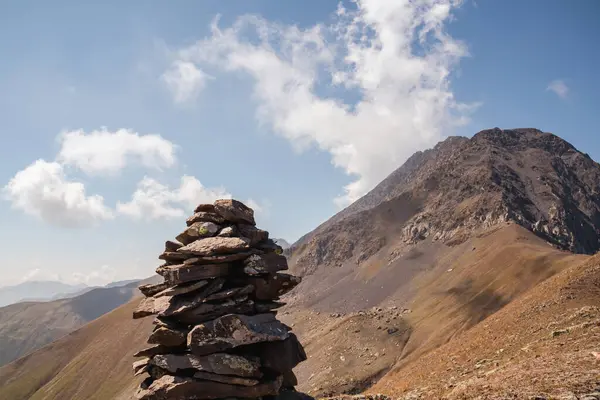
This remote Tusheti village sits high enough that snow lingers well into summer, while nearby glaciers provide a constant reminder of the area’s extreme elevation. Roshka empties out in winter when families migrate to lower elevations, but summer brings the village back to life.
The glacier-fed streams here run so cold they’ll numb your hands in seconds, even in July.
Shatili
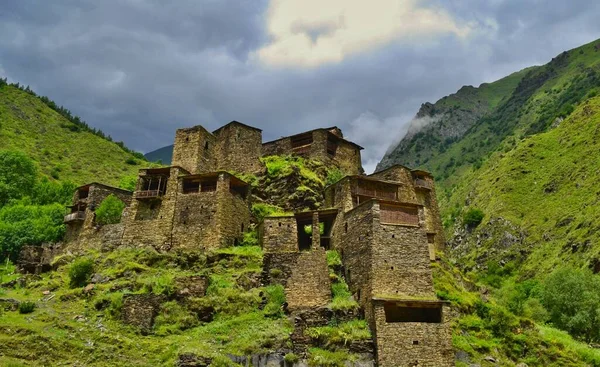
Technically in Khevsureti but close enough to glacial areas to count, Shatili looks like a medieval fortress carved directly from the mountainside. The village’s unique architecture—houses stacked on top of each other like stone Legos—developed partly as protection against harsh mountain weather.
Several small glaciers dot the surrounding peaks, feeding streams that power the village’s few remaining mills.
Like Travel Pug’s content? Follow us on MSN.
Chontio

This minute Tusheti settlement exists primarily during summer months when shepherds bring their flocks to high pastures near the glaciers. Chontio consists of maybe a dozen stone and slate buildings that look like they grew from the mountainside itself.
The nearby glaciers provide crucial water sources for both livestock and the hardy wildflowers that carpet the meadows each spring.
Dartlo
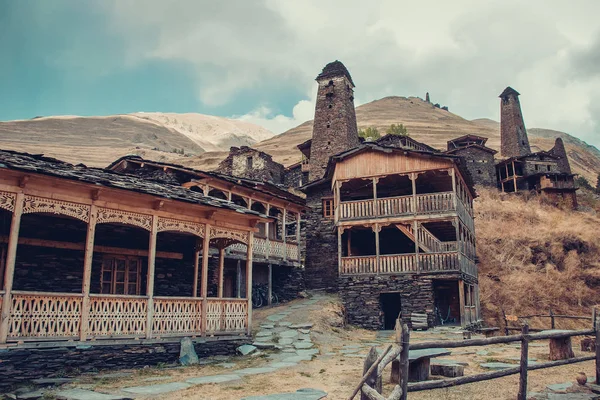
One of Tusheti’s most photogenic villages, Dartlo perches on a hillside with slate-roofed houses that seem to defy gravity. While not immediately adjacent to glaciers, the village offers clear views of ice-capped peaks and serves as a base for glacier trekking expeditions.
The architecture here represents some of the finest examples of traditional Tushetian building techniques.
Diklo
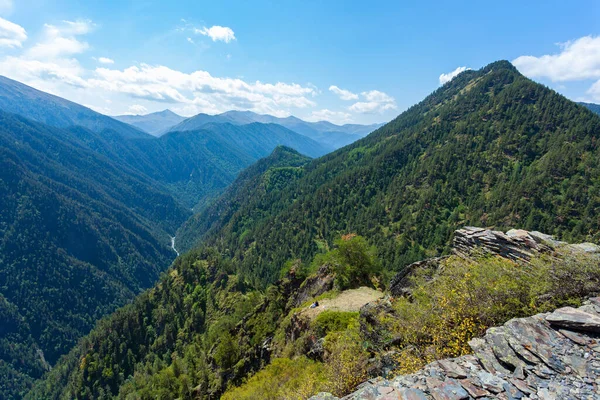
The highest village in Tusheti, Diklo sits close enough to glacial areas that residents deal with permafrost issues in their cellars and foundations. The village maintains a working church and several traditional defensive towers, all built from local stone that matches the surrounding peaks perfectly.
Glacial meltwater feeds the village’s spring, providing some of the purest drinking water you’ll ever taste.
Like Travel Pug’s content? Follow us on MSN.
Kvemo Alvani
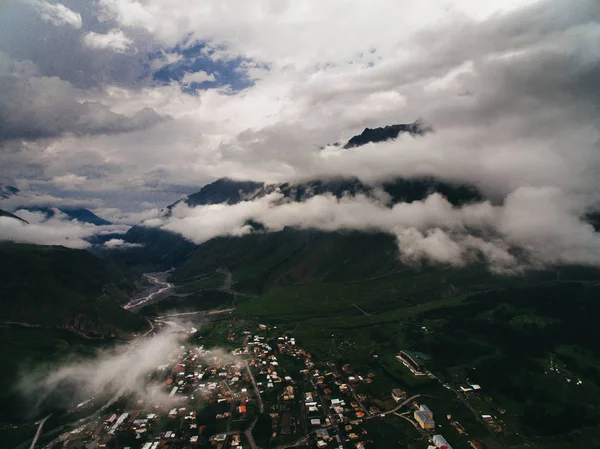
Located in the Tusheti region, this village serves as a gateway to several backcountry glaciers that most tourists never hear about. Kvemo Alvani has retained its agricultural character while slowly developing infrastructure for adventure tourism.
Local guides here know glacier routes that don’t appear in any guidebooks passed down through families who’ve been exploring these mountains for generations.
Girevi

This small Khevsureti village sits in a valley where several glacier-fed streams converge, creating unusually lush meadows for such high elevation. Girevi’s residents have adapted their farming techniques to take advantage of the consistent water supply from nearby glaciers.
The village church dates back several centuries and contains frescoes depicting local legends about the ice-covered peaks.
Arkhoti
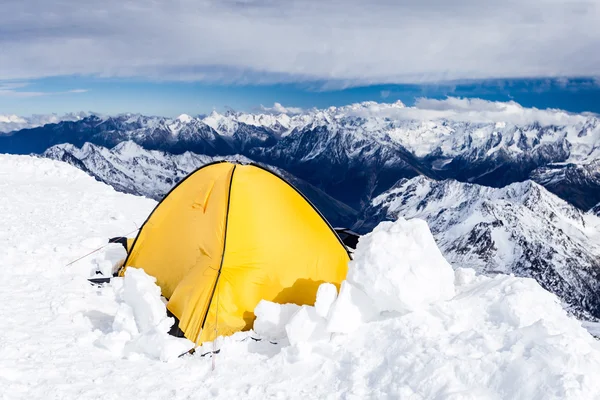
Positioned in upper Khevsureti, Arkhoti exists primarily as a summer settlement where families bring livestock to graze in glacier-watered pastures. The village consists of traditional stone houses with distinctive slate roofs that shed snow efficiently during the long winter months.
Several unnamed glaciers hang in the cirques above the village, creating a dramatic amphitheater of ice and rock.
Like Travel Pug’s content? Follow us on MSN.
Korsha

This remote settlement in the Javakheti Plateau region sits at high enough elevation that small glaciers persist year-round in the surrounding peaks. Korsha has managed to maintain its traditional lifestyle despite economic pressures that have emptied many similar villages.
The glacier-fed lake near the village provides both irrigation water and a stunning reflection of the ice-capped mountains.
Living Museums of Mountain Life
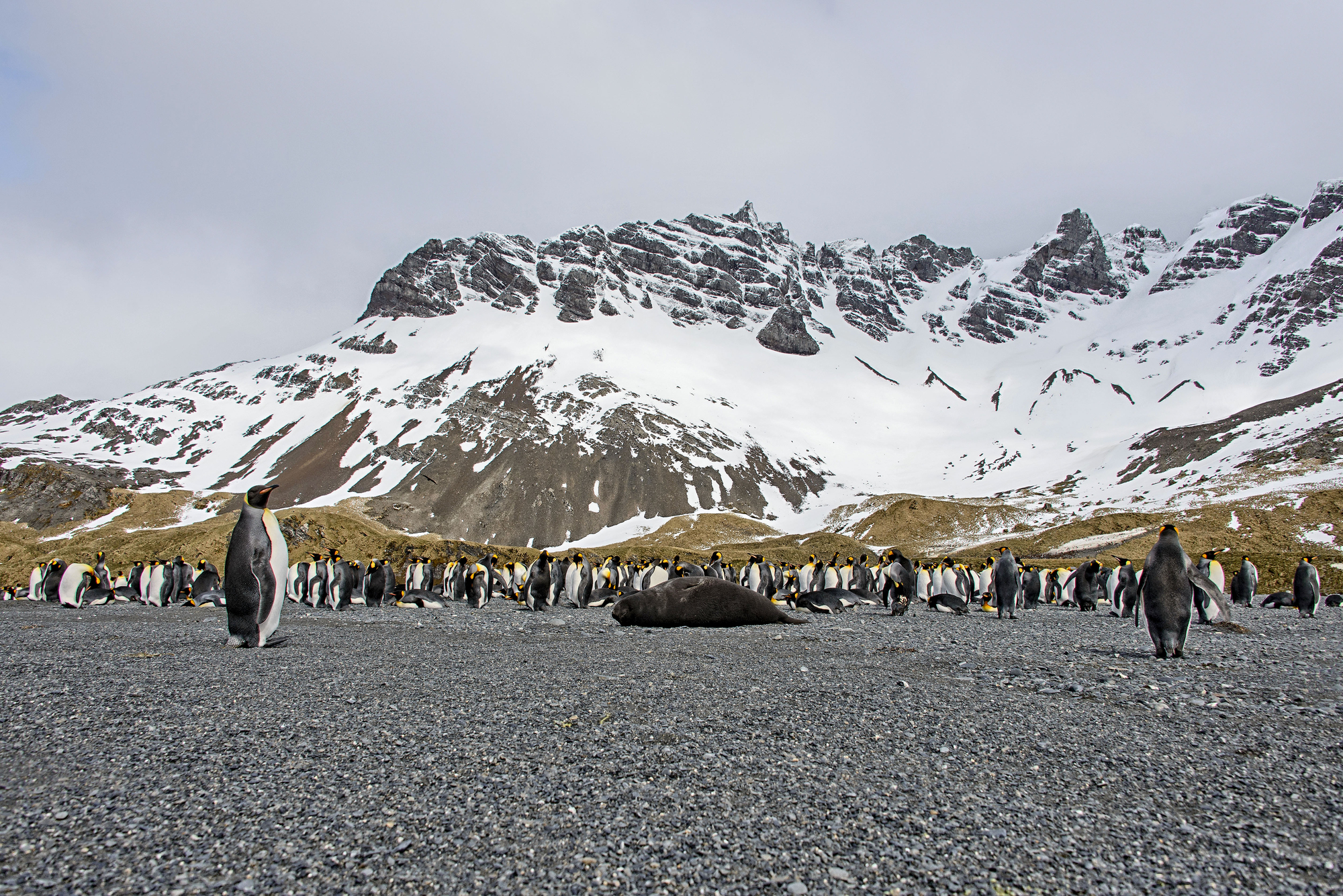
These Georgian mountain villages represent something genuinely rare in our modern world—communities that have maintained their traditional relationship with glacial environments while adapting to contemporary challenges. The people living in these settlements understand glacier behavior in ways that climate scientists are only beginning to appreciate, having observed ice movements and patterns for generations.
While some villages struggle with emigration and economic hardship, others are finding new purpose as guardians of both cultural heritage and glacial landscapes. Each village tells a unique story of human adaptation to extreme environments, offering lessons about resilience that extend far beyond the mountains themselves.
More from Travel Pug

- 20 Best Beach Towns in the Carolinas
- 13 Destinations Where Tourists Regularly Regret Their Trip
- 20 Destinations That Are More Magical Without an Itinerary
- 20 Underrated Adventures That Belong on Your Travel List
- 20 Cities Where You Should Just Wing It, No Planning Required
Like Travel Pug’s content? Follow us on MSN.
